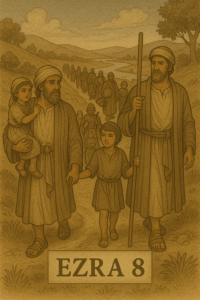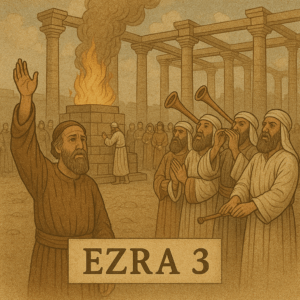Leviticus 25 is a chapter in the Bible that sets forth significant social and land-use laws for the Israelites. Within it, we find the concept of the Sabbath year, a time for the land to rest after six years of cultivation. During this seventh year, farming was prohibited, allowing the land to replenish itself and providing sustenance for the poor and vulnerable.
This chapter also introduces the Jubilee, celebrated every fiftieth year. During the Jubilee, significant events occurred:
- Land redemption: Property that had been sold due to hardship could be repurchased by the original owner or a close relative. This prevented permanent loss of ancestral land and ensured a degree of social mobility.
- Debt cancellation: Debts were forgiven, offering a fresh start for those struggling financially.
- Emancipation of slaves: Hebrew slaves were set free, promoting social justice and equality.
Enduring Themes
While the specific practices of Leviticus 25 may not be directly applicable in modern societies, the underlying themes remain relevant:
- Care for the environment: The concept of the Sabbath year encourages sustainable land management and ecological responsibility.
- Social justice: The Jubilee year promotes debt relief, property redistribution, and a focus on social welfare.
- Redemption and restoration: Leviticus 25 offers hope for those facing economic hardship and celebrates the possibility of a fresh start.
Understanding context.
It’s important to remember that Leviticus was written in an ancient context with specific social and agricultural practices. However, the chapter’s principles of fairness, compassion, and ecological awareness continue to resonate with readers today.




